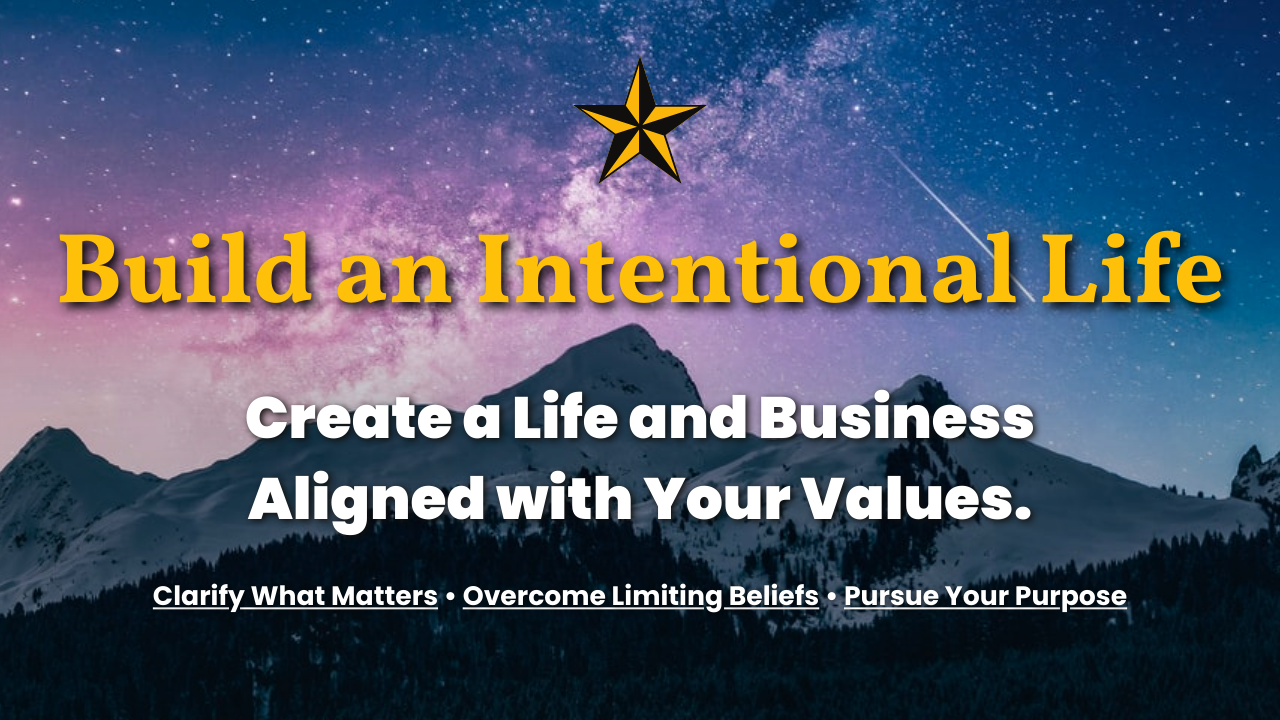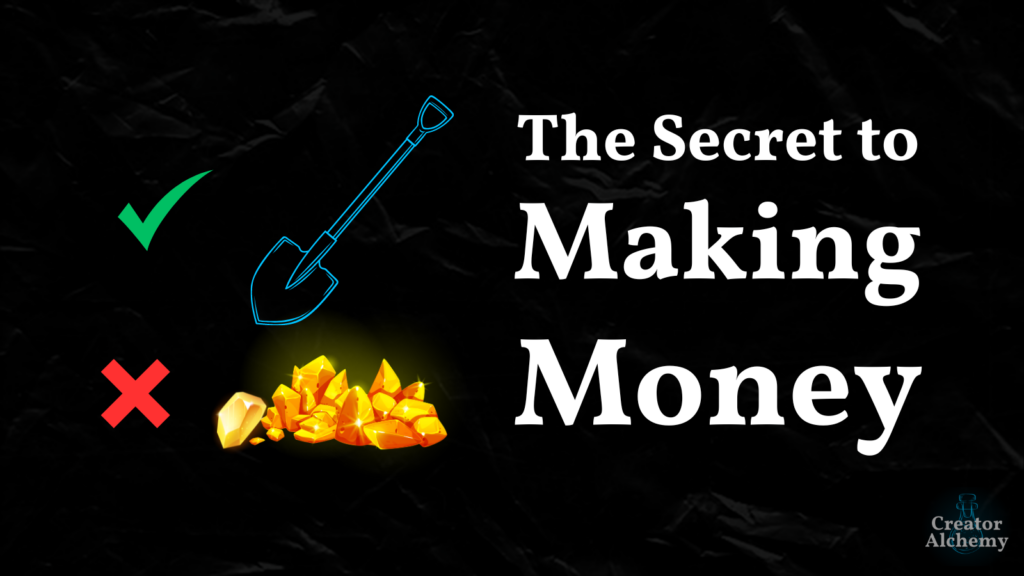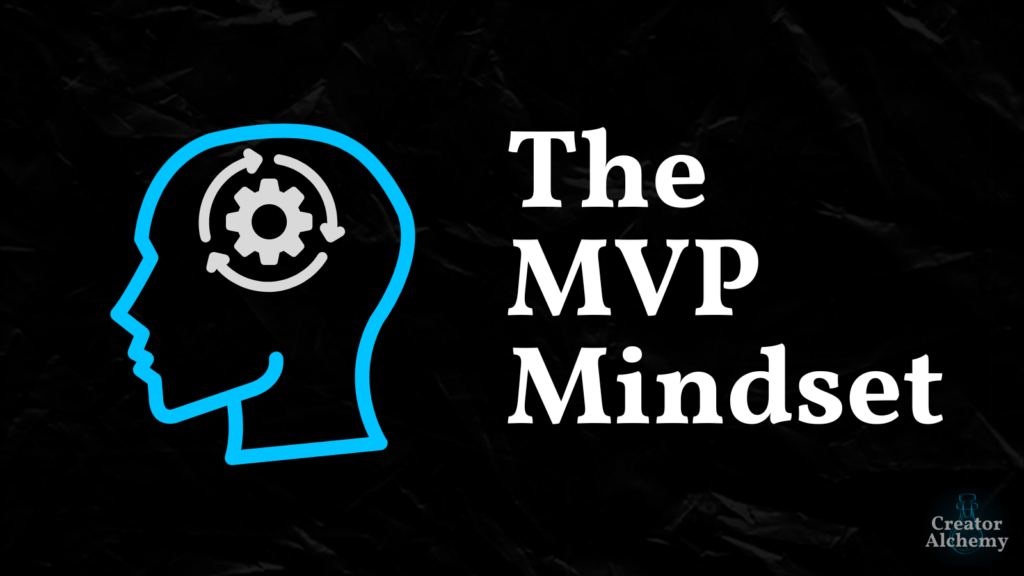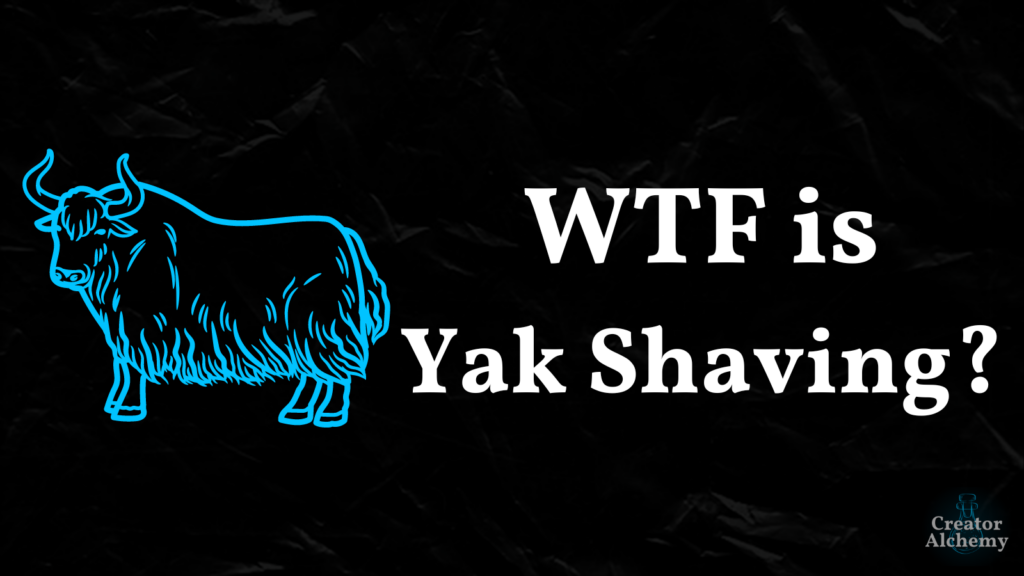A few weeks ago, I went hiking with some creator friends.
We talked about life, business, and our own existential crises—the conversations were equal parts helpful problem-solving and pure supportive catharsis as we discussed the trajectories of our lives and businesses.
When we turned back to return to the parking lot, our path seemed longer—which was odd.
Eventually, we realized the problem—instead of the parking lot, we’d somehow ended up a few hundred feet below the parking lot near a sandbank.
There was no way up, so we had to backtrack.
Turns out, we made a simple mistake and took a left when we should’ve gone right.
But in the moment, we were so focused on what was going on right in front of us, we didn’t think to look up to realize our trajectory was taking us to a completely different destination.
This echoes the “1-in-60 Rule” pilots learn—which is where, after 60 miles, a single-degree error in heading results in them straying one mile off course. It might seem small at first, but over an entire flight? You can easily end up over 100 miles from your destination.
That’s like taking a flight to NYC and ending up in Wilmington, Delaware.
This is a powerful reminder to anyone whose livelihood depends on the quality of their decisions—it’s easy to make a seemingly small decision today that can compound and completely change the trajectory of your life tomorrow.
So how can we learn to see what trajectory a decision can set us on before we make it?
One way is by understanding our Life Horizon.
Here’s what I mean…
•••
What is a Life Horizon?
Your Life Horizon is a measure of how far out you’re able to look to see where your current trajectory leads.
Some people’s Life Horizons are right in front of them—so they only see immediate outcomes and optimize for quick wins.
While others are able to extend their Life Horizon to see 5, 10, and sometimes 50 years into the future.
But your Life Horizon isn’t an exercise in delayed gratification—it’s about extrapolating the likely outcome from your current decisions and behaviors.
Let’s look at Sara and Larry as an example…
Both want to write a book.
Sara has a close Life Horizon. Her short-sightedness leads her to optimize for quick wins. She decides to “build an audience” first, so she focuses on sharing pithy quotes from famous people on social media, posting controversial topics for engagement bait, and chasing whatever the algorithm is pushing out right now.
Larry has a far Life Horizon. He breaks down the math and realizes an 80,000-word book draft comes down to hitting a specific word count consistently over a certain period of time. So he commits to writing 500 words a day for his book. He shares some of his insights by building in public and sharing behind-the-scenes aspects of writing his book on social media, but his primary focus is hitting 500 words every day.
In 6 months, Larry has a completed book draft and a small but raving audience. Sara has a few hundred lukewarm social media followers (most from shady engagement groups she joined to grow her audience) and nothing else.
Sara was so caught up in the day-to-day, she never looked up to see where her current actions were taking her—nowhere.
But Larry knew that, as long as he committed to taking the action of writing 500 words every day, a finished book draft would be inevitable in 6 months.
This is the effect learning to extend your Life Horizon can have on any meaningful goal you want to achieve in life.
But it’s rarely this simple for most creators.
Here’s what I mean…
•••
Most Short-Term Wins Are Long-Term Losses
Have you ever made a decision that, in the moment seemed right and even led to some quick wins—but over time felt like more of a loss?
An example I see a lot with successful creators is how they structure their business and workflows. They create this hyper-optimized machine that allows them to crank out multiple high-quality pieces of content a week that perform well, grow their audience, and that their sponsors love.
They’re ticking off all the “success” metrics.
But damn-near every single one of them runs into the exact same problem…
Eventually, they end up feeling like a cog in the very machine they built.
Because the machine is so optimized, there’s no room for experimentation that might put that optimization at risk—so they keep cranking out the same kind of content over and over.
Yes, the content performs well, but the creator behind the content is disconnected and burnt out. They didn’t account for the hidden cost of success.
They’re also beholden to a ton of brands cracking the whip on when their next sponsored video needs to be uploaded.
The money’s great and seemed like the right decision in the moment, but long-term ended up making them feel trapped in a prison of deadlines and scripted shilling.
Eventually, they look up and realize they haven’t made a piece of content that resonated with them in months—they’ve become a mouthpiece for other brands and whatever the algorithm has decided performs well.
The creativity and the creator are absent from their creator business.
All because their Life Horizon was too close—they only saw the money and metrics immediately in front of them instead of looking into the distance to see what trajectory these decisions would take them on.
In my course, Build an Intentional Life, one of the first concepts you learn is how every decision or opportunity has the potential to move you one step closer to, or one step further away from, a life aligned with your Core Value.
Your Life Horizon expands on this concept by not just asking if a decision will get you closer to or further away from your ideal life, but how close or far away.
Because making data-driven decisions about your life and business is great. But just because the data says X video will perform well, doesn’t mean it’s the right decision for you if it drains your Burnout Battery and increases the likelihood you’ll feel trapped and eventually give up on your creator business.
It’s all about learning to look into the distance, at the horizon, to see where your current trajectory is taking you.
You can always course correct toward your long-term Life Horizon.
But you have to give yourself permission to commit to the decisions required to take you there…
•••
Action Compounds. Inaction Compounds More
Anytime a friend comes to me about relationship issues, I ask the same thing:
“Based on the trajectory of your relationship that’s led you to this point, if nothing changed, where does this trajectory take you in 5 years? What does your relationship, and your quality of life, look like then?”
“Oh, it would be miserable!” is always the answer.
But until they extended their Life Horizon and looked up to see where their trajectory was taking them, they would’ve kept living day to day putting out one small fire after another and desperately trying to bury their dissatisfaction.
Action is an active decision to do something. Inaction is a passive decision to do nothing.
Inaction frequently leads to resentment, and resentment compounds faster than almost anything.
Learning to see how your inaction today can lead to a lifetime of misery in the future is critical to knowing what action you need to take to course-correct.
This holds true for anything—relationships, a job, life, business, content, whatever.
Learn to constantly ask yourself, “What is the cost of inaction? If I stay on my current trajectory, what will my life and business look like in 6 months, a year, and 5 years?”
I get it. Change is terrifying. Fear of Uncertainty is one of the Four Horsemen of Fear.
It’s easier to bury your head in the sand to avoid looking up to see where your current trajectory is taking you.
But extending your Life Horizon to see the consequences of inaction will help you overcome this fear and take deliberate action to set you on the right trajectory.
Because the number one thing people regret on their deathbed? Their inaction—the chances they didn’t take and the decisions they didn’t make.
So let’s say you’re the creator I talked about in the last section where you’ve built a hyper-optimized machine and feel trapped in your business.
If you extend your Life Horizon and look at the trajectory of inaction vs. action, here’s what that might look like:
If you keep cranking out hyper-optimized content you don’t care about, what does life look like in a few years? You’ll probably eventually burn out to the point you give up.
But what if you started experimenting with under-optimized content that energizes you? Likely, your passion will come through and resonate with your audience, or at least your True Fans (which are the people who are most likely to buy your stuff and rave about it anyway).
If you keep feeling beholden to sponsors and being a puppet on a string dancing to their whims, what does life look like in a few years? You’ll probably eventually burn out and give up.
But what if you created your own courses and offers? Now, you can still take sponsors when you want, but you have a newfound optionality which gives you leverage to negotiate better terms (no deadlines, promoting their stuff in your words instead of using their script, etc.) and allows you to build your own portfolio of products so you don’t have to rely on 3rd-party monetization (which I dive deeper into in 7 Critical Lessons to Flourish in the Creator Economy).
Action is scary. But inaction is scarier in the long run.
•••
Final Thoughts
Every decision has a consequence—the only difference is how long it takes you to realize it.
The longer your Life Horizon, the better your decisions will be in the long run.
If your goal is to build a long-term sustainable creator business aligned with your values, then learning to make the best decisions that serve that goal is critical.
Using your Life Horizon as a mental model will help you make the best decisions for you and your business by asking questions like:
- “What trajectory does this decision send me on?”
- “Where will this action ultimately take me over time?”
- “If I choose inaction and stay on my current trajectory, what will my life look like in the future?”
We all want to do what’s true to us, but we frequently feel pressure to go another direction.
A 1% deviation doesn’t seem like much today, but over time it takes you in a completely different direction until one day you look up and realize you’re nowhere near where you intended to be in life.
Which is why it’s critical to clarify which decision is right for you, but also give yourself permission to commit to the decision that you know will lead you in the direction you want to take your life and business.
Because when you extrapolate a 10-year trajectory of every decision—either to take action or choose inaction—the “right” decision becomes clear.
The most successful people think in decades, not days.
Extending your Life Horizon will help you do the same.
•••
P.S.
If you want a proven system to help you clarify the life you want to live, overcome what’s standing in your way, and develop step-by-step strategies to make it a reality, check out Build an Intentional Life.

Think of it like private coaching, but self-paced—it’s all the best strategies I’ve used with my clients to help them reach their potential and build a life and business aligned with what matters most to them, but in a convenient self-paced course.
It even includes a bonus audio-only version, so you can listen to it on your favorite podcast player wherever you go.
So check it out today and let me know how it helps you build a life and business aligned with your values.



